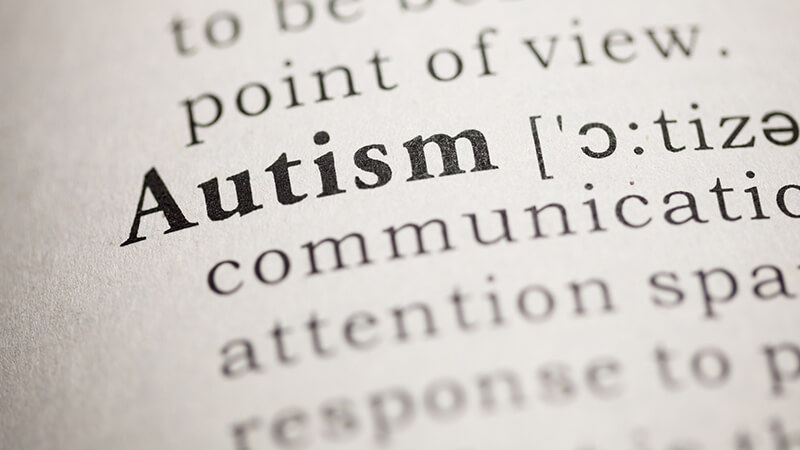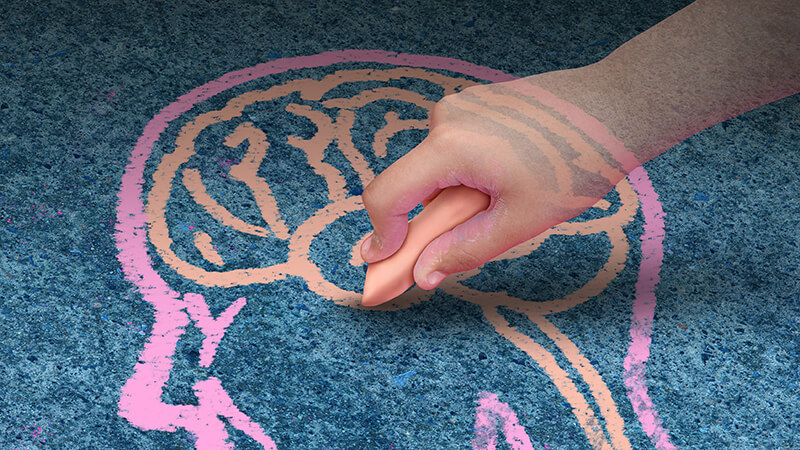Screening all children for autism at key milestones is crucial. This is what the American Academy of Pediatrics recommends. By the age 2, experts believe a diagnosis of Autism Spectrum Disorder (ASD) can be reliable. But things don’t stop there. When kids become teenagers, changes like new schools and complex social scenes can make autism signs clearer.
Is your teen struggling to make friends? Or do they repeat actions, like organizing items over and over? These could be signs of autism. Teenagers with autism, who often see themselves differently in terms of gender, need routine. A small change in their schedule can upset them greatly. This is why it’s important for parents and teachers to notice these signs early.
Helping autistic teens with their daily challenges is key. When you recognize their signs of autism, you help start an important journey. This includes thorough evaluations and early help. It can greatly impact their teen years and beyond.
Key Takeaways
- Education on signs of autism in teens is crucial for early detection and intervention.
- Teenagers with autism may exhibit behaviors that shine a spotlight on their condition amidst the complexities of adolescence.
- A keen eye for repetitive actions and communication challenges in autistic teens can pave the way for diagnosis and support.
- Awareness that autistic teens often gravitate towards gender diversity can help frame discussions and provide understanding.
- Guidance from health professionals, starting with a referral from a GP, can lead to appropriate assessments for autistic teenagers experiencing challenges.
- Information from tools like the M-CHAT-R™ aids in evaluating the need for a professional autism assessment in children.
- Early intervention has been shown to improve outcomes for young children with ASD, highlighting the importance of recognizing autism in its infancy.
Understanding Autism Spectrum Disorder in Adolescents
Autism Spectrum Disorder (ASD) comes with unique changes in behavior, skills, and social interaction. These are crucial for diagnosis. In teens, these changes can bring challenges. They often show up in day-to-day life and relationships. Spotting autism early and stepping in right away is key. This helps teens face the future better.
Shifts in Behavior and Communication During Teenage Years
The teenage years are filled with big changes and hurdles. This is true for all teens, including those with ASD. They may talk more or less, find social cues tough, and see changes in grades. Watching how teens with ASD handle these years is important.
- They might feel sensitive to social rejection or failures, leading to pulling away or more anxiety.
- Keeping up with teen social life can be hard, possibly causing them to be alone more.
- Their performance in school might change, not matching what they did before.
The Importance of Recognizing Early Warning Signs
Spotting autism signs early in older kids is critical for getting help fast. These signs can be very different but might show as not liking changes, trouble with social hints, and unique reactions in groups. Noticing these signs starts the support journey.
- Liking to be alone a lot might point to social challenge.
- Repeating words or getting really into specific topics can be a clue.
- Being very sensitive to sounds or textures shows they might feel things more intensely or not much at all.
These signs help in identifying autism and making a better space for learning and growth. Finding autism early and customizing help can greatly improve a teen’s development. This makes schooling and friendships richer and more rewarding.
Signs of Autism in Teens
Spotting signs of autism in teenagers can be tough. These signs often look like normal teen behavior. But knowing them helps with early help and support. Let’s look into key signs closely.
Social Communication Challenges in Autistic Teens
Teens with autism struggle with more than just talking. They might not get body language or facial expressions. This can make the teen years even tougher.
They may also miss hints in conversations or take things too literally. They might prefer friends who are not their own age. This can make it hard for them to make friends with other teens.
Behavioral Indicators: Repetitive Actions and Intense Interests
Autistic teens often repeat actions or stick to routines. These can be simple movements or complicated habits. They really stick to these routines.
They might also get really into certain subjects. This focus can fill their conversations and time. While this can be good for future careers, it might limit chats with other teens.
Sensory Sensitivities and Their Impact on Teenagers
About 80% of autistic teens are super sensitive or not sensitive enough to things like noise or light. This can make places like school hard. It can lead to feeling overwhelmed or anxious, making social situations even harder.
Understanding these autism signs in teens is key. It’s not just about seeing the signs but helping with their needs. Support through special programs, therapy, and patience can really help them during the teen years.
Gender Differences in Autism Symptoms and Diagnosis
In the realm of autism spectrum disorder (ASD), there are disparities between genders in symptoms and diagnosis. Autism is diagnosed four times as often in males than in females. This shows us that there are different signs of autism between genders. It also points out the urgent need for specific diagnostic criteria.

Females often hide their autism symptoms better than males. They “mask” their symptoms by copying the behavior of others. Because of this, many girls with higher IQs go undiagnosed. They hide their social and communication challenges too well.
- Females with autism are more likely to hide their symptoms. This often delays their diagnosis until later in life.
- In storytelling tasks, girls tend to use more words like “think” and “know.” This may hide their communication challenges.
- While boys may show more obvious restricted behaviors, girls often show these behaviors in less noticeable ways.
Understanding these gender differences is vital for diagnosing ASD accurately. The usual way of diagnosing boys doesn’t always work for girls. This means girls might not get the support they need. It shows why it’s important to tailor our approach to each person’s unique needs.
The data is clear: more males are diagnosed than females. This suggests many might not get needed support during key years of growth. Increasing public awareness and training for professionals is necessary. We must ensure no one is overlooked because their symptoms are different from the more recognized male patterns of autism.
Navigating the Diagnostic Process for Autism in Teenagers
Diagnosing autism in teenagers can be tricky. It varies a lot during adolescence. It’s key to tackle communication challenges in autistic teens. Also, early detection of autism in adolescents helps with getting the right support early on.
Comprehensive Assessments: Key to Identifying Teen Autism
Finding autism in teens needs a careful look. This is because their behaviors can look like ADHD or anxiety issues. A detailed assessment is vital for a proper diagnosis. Experts check behavior, social skills, and how they talk. They do exams involving:
- An analysis of developmental history to find early signs.
- Observational assessments to see behavior directly.
- Interviews with family, teachers, and those close to the teen.
This approach helps experts get a full picture of the teen’s strengths and hurdles.
Screening Tools and Professional Evaluations
Using standard screening tools is the first step for spotting autism early in teens. These tools highlight behaviors common in autism, like repeated actions or strong interests. The Autism Quotient (AQ) Test gives early clues but isn’t enough on its own.
- Seeing professionals like psychologists is key. They use tools like the Autism Diagnostic Observation Schedule (ADOS) for observing directly.
- Checking for sensory issues is also vital, as many teens with autism have them.
The diagnosis involves a team, usually with neurologists and psychologists, to look at all health and behavior areas.

Understanding how diagnosis works helps you stand up for your teen. This ensures they get the help and support needed for their growth and daily life.
Conclusion
Autism Spectrum Disorder (ASD) shows up with unique challenges, often noticed in the teen years. Spotting autism in teenagers is crucial. It can deeply change their path to a better future. It’s important for those around them to catch these signs early. This leads to the right support and help.
- Differences in social interactions and communication challenges
- Repetitive behaviors and intense interest in specific topics
- Sensory sensitivities that affect daily functioning
- The importance of routine and predictable environments
Finding autism early in teens is key. It makes interventions more effective and supportive. This helps them do better in school and with friends.
Good assessments are vital for diagnosing. They should look at behavior in different settings, get opinions from many experts, and do thorough medical checks. This makes sure we understand the teen’s needs fully.
Recognizing autism in teens early helps manage ASD better. It also supports teens in understanding their condition. This improves their life quality in a big way.
How New Direction For Young Adults Can Help You
Understanding the behavioral indicators of autism in adolescents is very important. New Direction for Young Adults helps families by filling in the gaps in knowledge and services. This is crucial as more teens, especially academically strong ones and girls, are diagnosed late. They often hide their symptoms by copying others. New Direction offers insights to better advocate for your teen during school transitions.
Autistic teenagers face many challenges, like trouble with social interactions and increased emotional distress. New Direction provides strategies to help, such as establishing routines and limits on internet use. They also support engaging conversations during shared activities. Their support extends to ‘buddying’ schemes and groups that help with school plans. This shows their dedication to boosting your child’s self-esteem and social abilities.
New Direction is a leader in the study of autism in young adults. They focus on developing important skills, like organizing school tasks and understanding changes during adolescence. Considering the social difficulties autistic teens face, from bullying to isolation, New Direction strengthens community connections. Their efforts aim to reduce the trend of over 40% of autistic teens rarely meeting friends outside school. They work towards a more connected and joyful young adulthood for these individuals.



